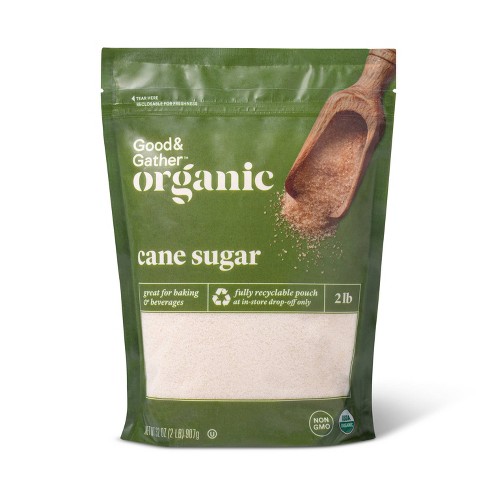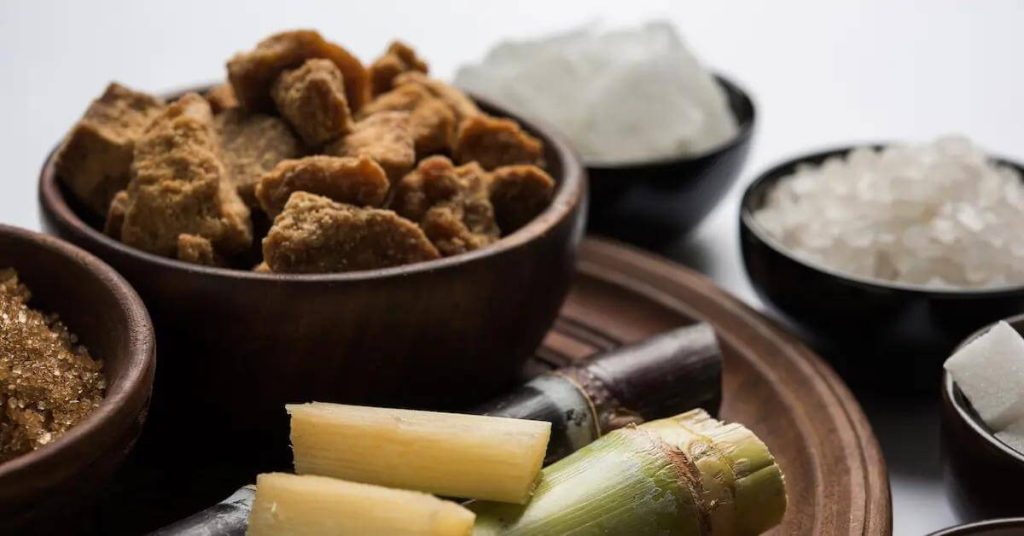The Scientific Research Behind Cane Sugar Processing: Just How Sweet Taste is Improved
The Scientific Research Behind Cane Sugar Processing: Just How Sweet Taste is Improved
Blog Article
Understanding the Important Methods and Technologies Employed in Modern Walking Stick Sugar Processing
The development of cane sugar handling has actually been considerably formed by the assimilation of advanced methods and modern technologies that address both performance and sustainability. Enzyme-assisted removal and sophisticated refining techniques have actually transformed yield optimization, while automation promotes operational integrity. Moreover, the emphasis on sustainable practices mirrors a growing awareness of ecological effect. As we explore these essential developments, it ends up being vital to take a look at just how they not only improve manufacturing however also line up with wider sector patterns and consumer needs, increasing inquiries regarding the future of sugar handling and its implications for global markets.
Historic Context of Walking Cane Sugar Handling
The historic context of cane sugar handling discloses a rich tapestry of agricultural innovation and cultural exchange that has actually formed its growth over centuries. Coming From Southeast Asia, sugarcane was grown as early as 8000 BCE - Cane Sugar Processing. The procedure of refining and removing sugar got energy in India, where techniques for formation were refined around the sixth century. This expertise traversed to the Middle East, and by the 12th century, sugar came to be a valued commodity in Europe, leading to the facility of sugar ranches in the Mediterranean.

Advanced Extraction Strategies
Performance in walking cane sugar extraction has actually seen substantial advancements, driven by the requirement for higher yields and lower production expenses. Typical approaches have actually developed, paving the way to innovative innovations that boost the efficiency of the removal process. One significant development is the usage of enzyme-assisted extraction, in which details enzymes break down cell walls and launch more sucrose from the walking cane fibers. This technique not only boosts sugar yield but likewise reduces the power needed for processing.
Furthermore, the fostering of membrane layer filtration technologies, such as nanofiltration and reverse osmosis, has revolutionized the splitting up of sugar from impurities. These methods enable the selective permeation of sugar molecules while maintaining larger contaminants, streamlining the removal procedure and lessening waste.
Additionally, the combination of continuous removal systems has resulted in improved operational efficiency. Cane Sugar Processing. These systems preserve a consistent flow of walking cane product, guaranteeing ideal extraction conditions and decreasing downtime connected with batch processing
Cutting-edge Refining Technologies
Refining methods in cane sugar processing have actually gone through a transformative shift, driven by the demand for higher pureness and improved item high quality. Among the most significant innovations is the fostering of membrane filtration innovations, such as ultrafiltration and nanofiltration. These procedures effectively get rid of contaminations and colorants without the need for extensive chemical treatments, therefore preserving the sugar's natural taste and enhancing its allure.
One more substantial improvement is using ion exchange resins, which permit for selective elimination of unwanted ions from sugar services. This technology not only increases the overall purity of the last item but likewise adds to minimized waste and ecological influence.
Furthermore, innovations in adsorption strategies, making use of turned on carbon and various other sophisticated products, have actually confirmed efficient in decolorizing sugar solutions while keeping ideal top quality. The combination of these cutting-edge refining modern technologies ensures that makers can create refined sugar with superior quality and preference, fulfilling the developing preferences of customers.
Automation and Control Solution
Current developments in refining technologies have actually led the way for significant improvements in automation and control systems within walking stick sugar handling facilities. These systems use advanced software application and hardware to enhance functional effectiveness, decrease human error, and ensure regular item quality.
Modern automation incorporates numerous components, consisting of sensors, actuators, and programmable logic controllers (PLCs), enabling real-time surveillance and control of vital processes. For example, stress, temperature level, and circulation rates can be precisely controlled during removal, explanation, and condensation phases, maximizing performance and decreasing waste.
Moreover, progressed data analytics and device understanding formulas play a crucial role in anticipating upkeep, enabling drivers to expect equipment failures before they occur. This proactive method not just minimizes downtime but likewise expands the life expectancy of equipment.
In addition, automation assists in the execution of Sector 4.0 page principles, empowering sugar mills to achieve greater connectivity and information exchange throughout procedures. Therefore, decision-making ends up being more informed and nimble, inevitably improving the general competition of cane sugar production. With these developments, the industry is well-positioned to satisfy expanding international needs while keeping operational excellence.
Sustainability Practices in Sugar Production
Sustainability methods in sugar production have actually become significantly necessary as the sector looks for to balance financial feasibility with environmental responsibility. As customer recognition grows relating to the ecological impacts of agricultural practices, sugar manufacturers are taking on innovative methods to lower their eco-friendly footprint.
One significant method is the execution of accuracy agriculture methods, which utilize data analytics to maximize resource usage, such as water and fertilizers. This reduces waste and decreases the influence on neighborhood ecological communities. Additionally, many manufacturers are transitioning to renewable resource sources, such as biomass from sugarcane by-products, to power their procedures, consequently decreasing dependence on fossil fuels.
Water management methods are also crucial; rain harvesting and efficient irrigation systems help mitigate water deficiency issues. Cane Sugar Processing. Additionally, integrated bug monitoring methods minimize chemical use, advertising biodiversity and dirt health
Business social obligation initiatives are arising, with companies buying regional neighborhoods and ensuring reasonable labor methods. By accepting these sustainability practices, the sugar sector not only enhances its credibility however additionally adds to anonymous a much more lasting agricultural landscape, leading the way for future generations.

Verdict
In recap, modern walking cane sugar handling includes a series of advanced strategies and technologies that considerably improve performance, sustainability, and return. The fostering of ingenious removal and refining approaches, along with automation and control systems, promotes enhanced operational efficiency and item top quality. Additionally, the emphasis on lasting techniques emphasizes a dedication to reducing ecological impact and advertising moral production. Jointly, these improvements position the walking stick sugar sector to satisfy contemporary needs while attending to critical worldwide difficulties.
The development of cane sugar processing has actually been significantly shaped by the combination of innovative strategies and innovations that address both performance and sustainability.The historic context of walking stick sugar handling exposes a rich tapestry of farming advancement and cultural exchange that has shaped its development over centuries. Developments in milling and refining emerged, laying the groundwork for modern walking stick sugar processing.Refining strategies in walking stick sugar handling have gone through a transformative shift, driven by the need for greater purity and improved item top quality.In recap, contemporary walking cane sugar processing try this website includes an array of innovative methods and modern technologies that dramatically boost effectiveness, sustainability, and yield.
Report this page